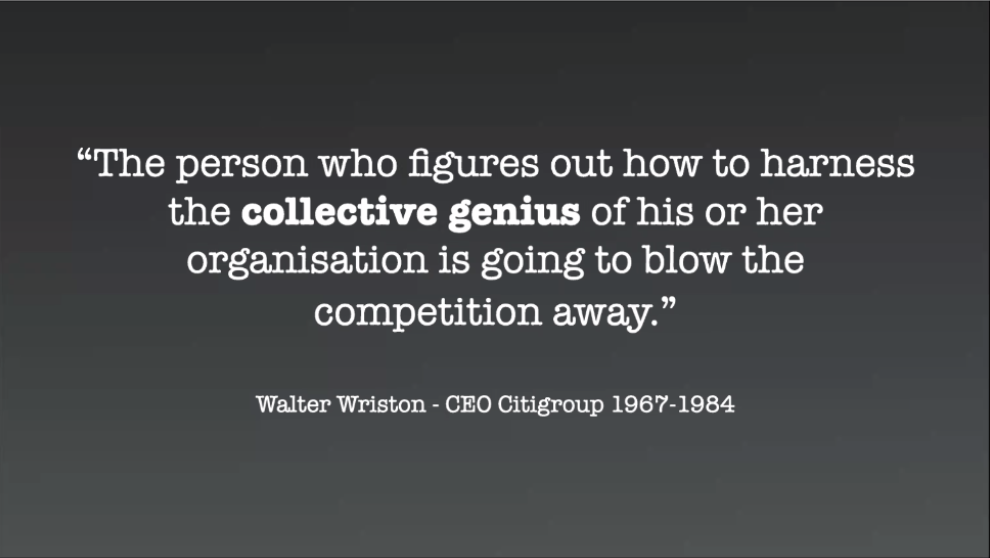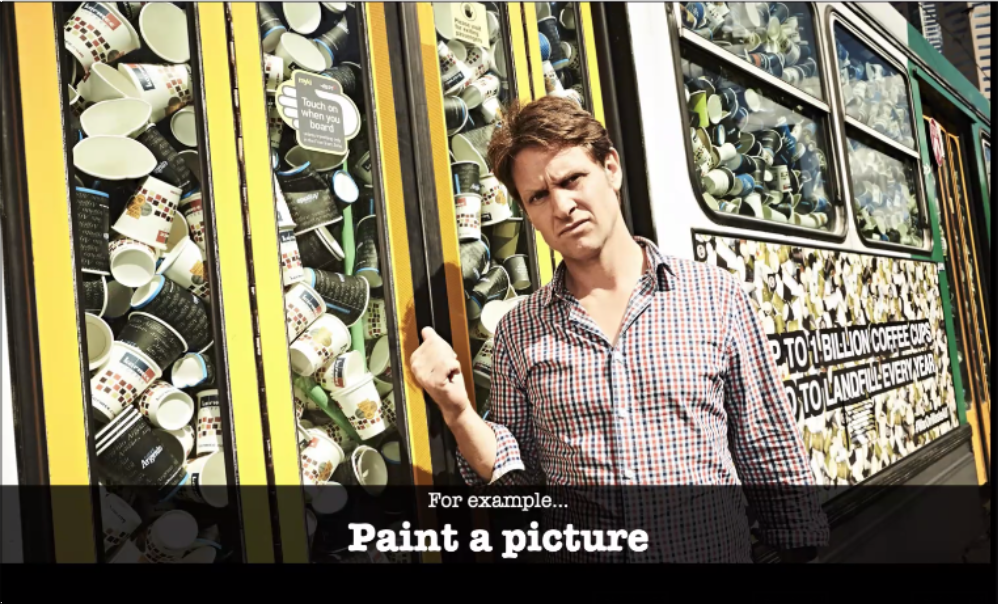Blending his experience as a corporate lawyer and a seasoned improv performer, Simon Dowling has become a leading collaboration trainer, helping teams to become inspired and highly-engaged. For our October session, Simon took us through an interactive discussion on creating buy-in.
https://www.instagram.com/p/CGf9sdMnVwT/
Willing and Enthusiastic
Can you imagine getting the people in your organisation to align and commit to initiatives, not because they’re told to or have to. But because they choose to, and want to, with willing and enthusiastic energy. Moving from a place of authority to autonomy.
It’s no surprise what can happen in this type of environment:
- People feel valued and happier;
- Increased trust, creating buy-in and a willingness to be helpful and co-operate;
- Collective positive energy leading to productivity and motivation;
- Unlocked creativity, with better ideas and better solutions;
- A team culture of “us” not “I”, so many hands make light work;
- Momentum to move forward with passion;
- Ownership;
In short, magic happens!

But so what?
In the world of corporate, we often find ourselves pushed towards finding the pragmatic solution. Where is the information and data driving us? We spend our time building a case. Looking through data. Preparing decks. While that is also important, there is a more crucial question we need to answer.
So what? Why should I even care?
Emotion and mood are generally under-indexed in the workplace. We need to be able to put down the spreadsheet, and articulate why we need to pursue an idea. Why does it matter to our organisation? Why should this be important to us on a personal level?
Whether we use a model, an analogy or a physical representation, painting a vivid picture to capture our hearts can be a powerful tool to rally support.

Bring on the No
Once our team understands why our idea is important, another thing to tackle is the WIIFM – What’s in it for me? There’s a trap in pitching too much of the upside, without addressing the underlying concerns.
We need to create space, let go and let others in.
Stop pitching, and start co-creating.
Nobody knows all the answers. Here is where we can really harness the power of the wider group.
Take Action
The last key step is putting things into motion.
- Make it easy to start: What is the one thing we need to do within the first 48 hrs.
- Build a habit: Make it easy to remember. Add it to our diary. Do we need to create a warning system to make sure we are still on track? Get others to come up with them.
- Sustain: How do we avoid shiny object syndrome? Perhaps it’s to reassess if we should continue every 90 days?
Resources and Further Reading
You can find Simon on LinkedIn, or information and resources from Simon’s website.
Some books mentioned were:
- Work with Me by Simon Dowling;
- Atomic Habits by James Clear; and
- The Advice Trap by Michael Bungay Stanier.
Thank you
Thank you so much to Simon for sharing, our great volunteers Gwen and Nosh, and to our generous host, A Cloud Guru. They’re on a mission to teach the world to cloud.



